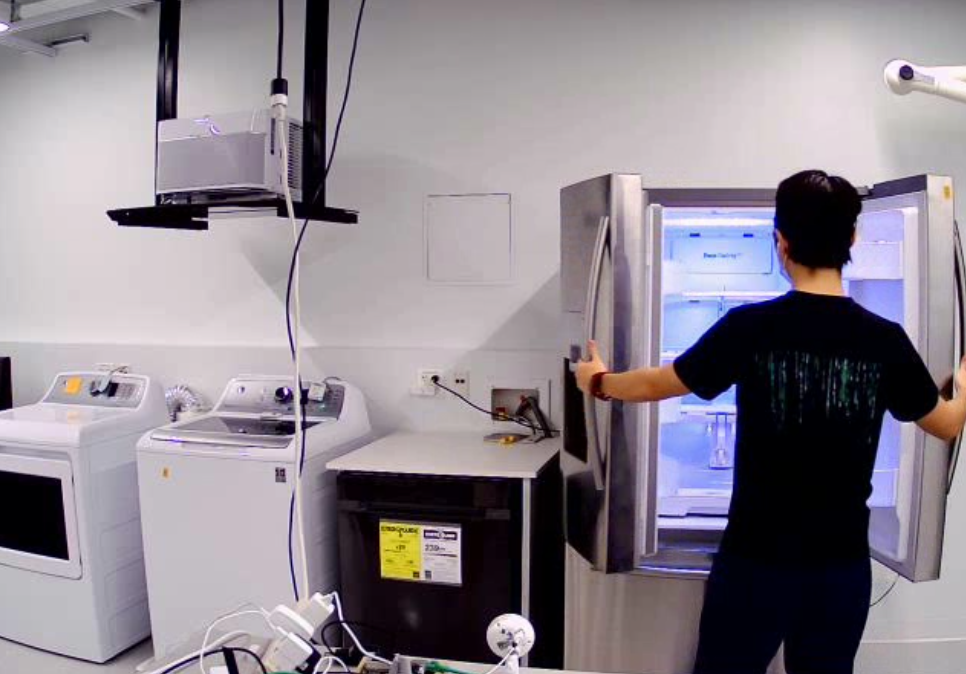Activity Recognition from Network Traffic
Our research group discovered that data transmitted by smart home devices could reveal important information about the location and activities of users. Our work has shed light on the security and privacy risks of unencrypted traffic from smart home IoT devices, which ultimately led to the development of secure, encrypted transport from smart home devices.
Our ongoing research is exploring how the network traffic transmitted from smart home IoT devices can offer benefits by allowing privacy-preserving, non-invasive sensing and inference of human activities within the home. We are currently exploring applications of activity recognition to various domains in health, medicine, and education, with applications to aging populations, childhoold development, and students.
Smart Home Activity Recognition
The growing market for smart home IoT devices promises new conveniences for consumers while presenting challenges for preserving privacy within the home. Eavesdroppers can measure Internet traffic rates from smart home devices and infer in-home behaviors.
In the Internet of Things lab at the Center for Data and Computing, we are exploring how network traffic in connected environments correlated with human behavior, and how those correlations can provide important information about personal health, education, and other factors in a privacy-preserving manner. The CDAC Internet of Things (IoT) Lab is a resource for UChicago students and faculty to experiment with the latest devices and datasets for research and applications.

Automated Labeling of Human Activities
In the IoT Lab, we are continuously and automatically collecting traffic from IoT devices, aligning this data with video captures, and annotating this data with appropriate descriptors, including: the particular type of device, which activity the device is performing, and whether particular network patterns result from a security incident, such as device compromise.
We are inspired by the area of computer vision, whose golden age was made possible by the modern proliferation of essential training data, and by the centralization of training data though repositories such as Image-Net and CIFAR. Our work aims to lay the first steps towards replicating such success in machine learning for the Internet of Things. Our initial focus is consumer IoT devices in smart homes, but we intend to generalize our approach to other IoT devices, including those in industrial, enterprise, and municipal (i.e., smart cities) networks.

Selected Publications
-
IoT Inspector: Crowdsourcing Labeled Network Traffic from Smart Home Devices at Scale
Danny Yuxing. Huang, Noah Apthorpe, Gunes Acar, Frank Li, and Nick Feamster.
Proceedings of the ACM on Interactive, Mobile, Wearable and Ubiquitous Technologies (IMWUT / Ubicomp). 2020.
-
Cleartext Data Transmissions in Consumer IoT Medical Devices
Daniel Wood, Noah Apthorpe, Nick Feamster.
Workshop on Internet of Things Security and Privacy (IoT S&P). 2017 -
Instrumenting Home Networks
Ken Calvert, W. Keith Edwards, Nick Feamster, Rebecca E. Grinter, Ye Deng, and Xuzi Zhou.
ACM SIGCOMM Computer Communication Review 41, no. 1 (2011): 84-89.


